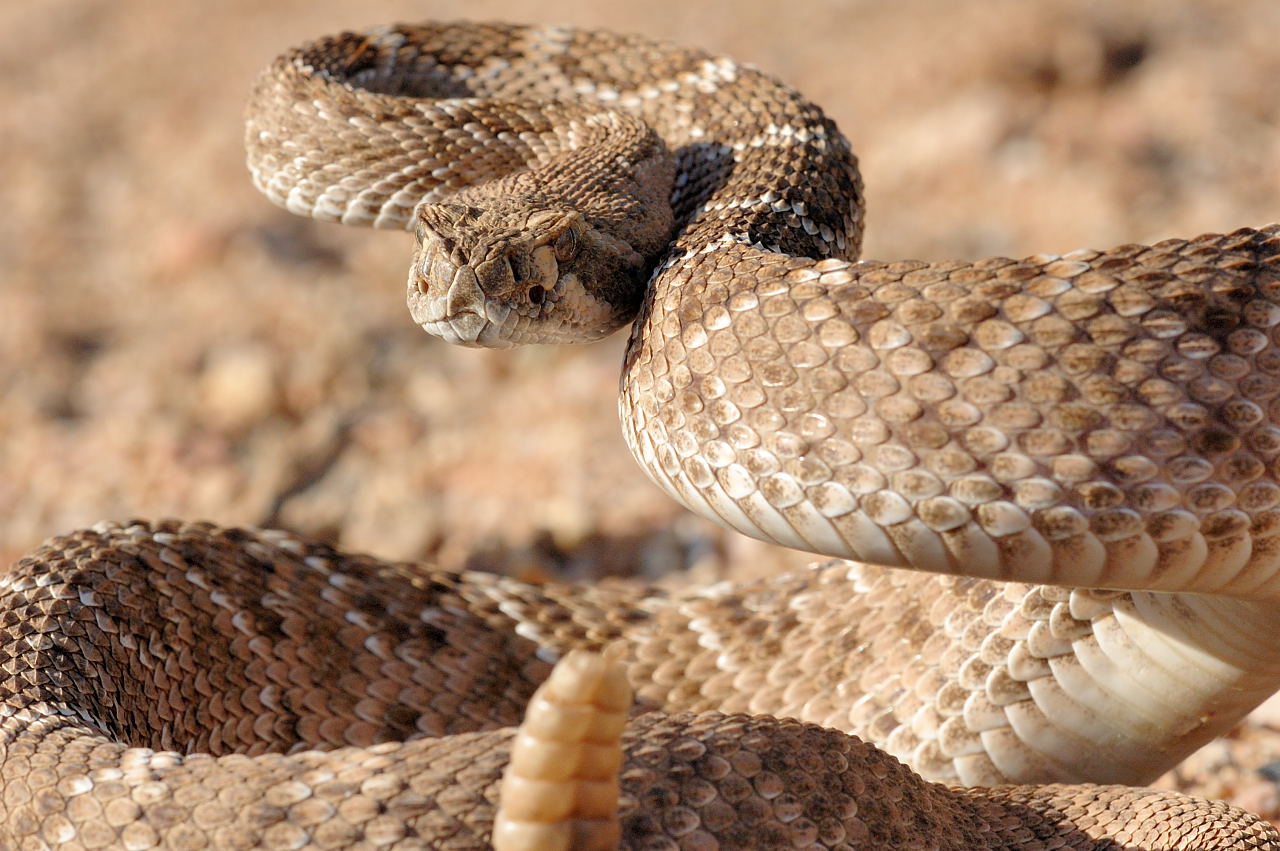Millions of years ago, as the snake family tree grew new branches, the ancestor of modern rattlesnakes was endowed with a genetic arsenal of toxic weaponry, including genes for toxins that poison the blood, toxins that damage muscle and toxins that affect the nervous system a research team headed by Sean B. Carroll at the University of Wisconsin-Madison has learned.
But in a relatively short period of evolutionary time, as that limb branched further, rattlesnakes like the Eastern and Western Diamondback of North America shed their neurotoxin genes altogether, keeping instead those for toxins that damage the muscles and blood vessels of their prey. Meanwhile, the Mojave rattlesnake retained the neurotoxin and lost certain other genes. According to study published in the journal Current Biology.
Snakes presented this really interesting problem in that you have all these different species of rattlesnakes that came into the New World relatively recently, and they have expanded and diversified greatly. For evolutionary biologists, that's really interesting. We were curious how the components of their venom have changed so quickly over time.
So, they studied the individual branches on the rattlesnake family tree. What they found surprised them and challenged all of their initial hypotheses: Rattlesnakes have quickly evolved a great variety of differences through the loss of genes, resulting in varying venom gene numbers and types.
Each rattlesnake lineage has deleted two to four entire venom genes compared to their common ancestor, while retaining the genes for only a subset of venom types. The subset of genes each snake species retained varies. Further, only two of the original seven full-length venom genes are shared between the Mojave rattlesnake, the Western Diamondback and the Eastern Diamondback.
The genes that make the toxin proteins sit within a complex that has embedded within it a type of genomic sequence called a transposable element. Transposable elements are made up of the same nucleotide letters that define all genetic material, but only sometimes code for the genes that lead to proteins. However, they make it easier for genes to be duplicated within the complex, and for genes to be deleted.
